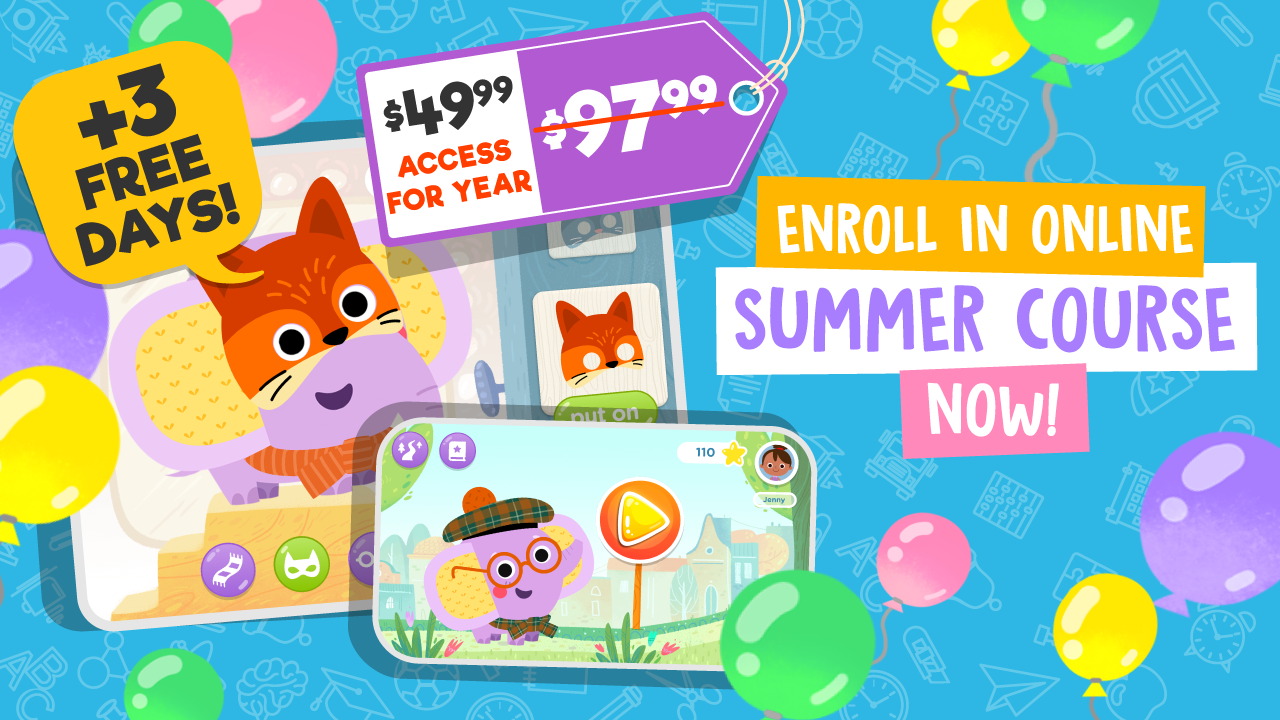Visual-motor skills Addition & Subtraction Worksheets for Ages 5-6
3 filtered results
-
From - To
Boost your child’s math skills with our engaging Visual-Motor Skills Addition & Subtraction Worksheets designed specifically for ages 5-6. These worksheets enhance not only their mathematical understanding of basic addition and subtraction concepts but also their visual-motor coordination. Each activity encourages children to practice number recognition, problem-solving, and fine motor skills through fun illustrations and interactive exercises. Perfect for preschoolers and kindergartners, our worksheets make learning math enjoyable and stimulating, ensuring kids stay engaged. Whether at home or in the classroom, these resources are ideal for building a solid foundation in mathematical concepts while encouraging hands-on learning. Start your fun math journey today!
Visual-motor skills, such as coordination between visual input and motor output, are crucial for young learners, specifically in ages 5-6, as they engage in foundational math skills like addition and subtraction. These skills are vital for developing accuracy in writing numbers and manipulating math tools such as counters or blocks. When children possess strong visual-motor skills, they can better understand the concepts behind addition and subtraction, leading to increased confidence in their mathematical abilities.
Additionally, these skills support a child’s overall learning and development. As students interact with math problems, they require the ability to track numbers visually while performing calculations, whether through drawing, using finger counts, or integrating visual aids. By fostering visual-motor coordination, teachers and parents can enhance children's mathematical comprehension, allowing them to approach problem-solving with greater ease.
Moreover, neglecting the development of visual-motor skills at an early age may lead to difficulties in more advanced math concepts, impacting a child's overall academic progress. Therefore, by prioritizing these skills, parents and teachers create a strong foundation that positively influences children’s future learning experiences, appetites for STEM subjects, and problem-solving confidence throughout their educational journey.
























